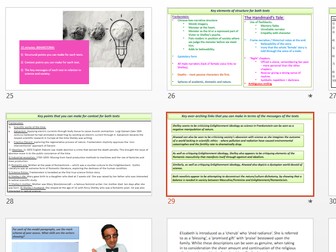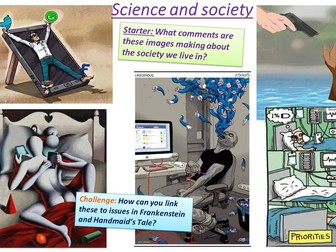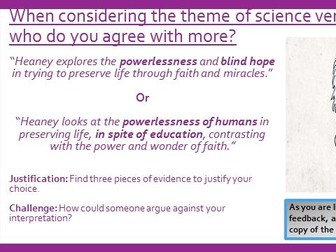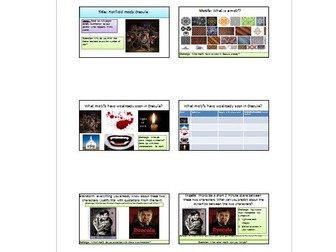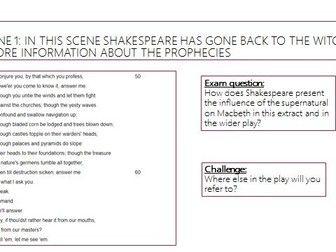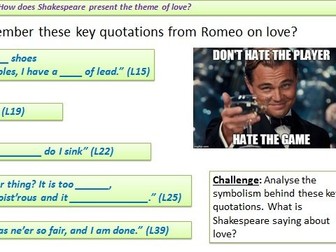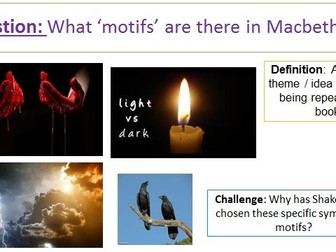Frankenstein and The Handmaid's Tale revision pack
This revision pack is designed to help students taking the Edexcel A-Level exam comparing Frankenstein with The Handmaid's Tale. <br />
<br />
The revision pack includes:<br />
1) Comprehensive essay plans for practice exam questions (issued by the exam board) . <br />
2) Model responses and how they relate to the mark scheme. <br />
3) Lists of contextual factors which could be discussed for both texts. <br />
4) Ideas for structural points to be made for both texts. <br />
5) Over-arching thematic comparisons. <br />
6) Key terminology. <br />
<br />
The full units of work (with lesson ppts for Frankenstein and Handmaid's Tale are also available for download).<br />
<br />
Frankenstein ISBN number: 978-1-85326-023-0<br />
Handmaid's Tale ISBN number: 978-0-099-74091-9
